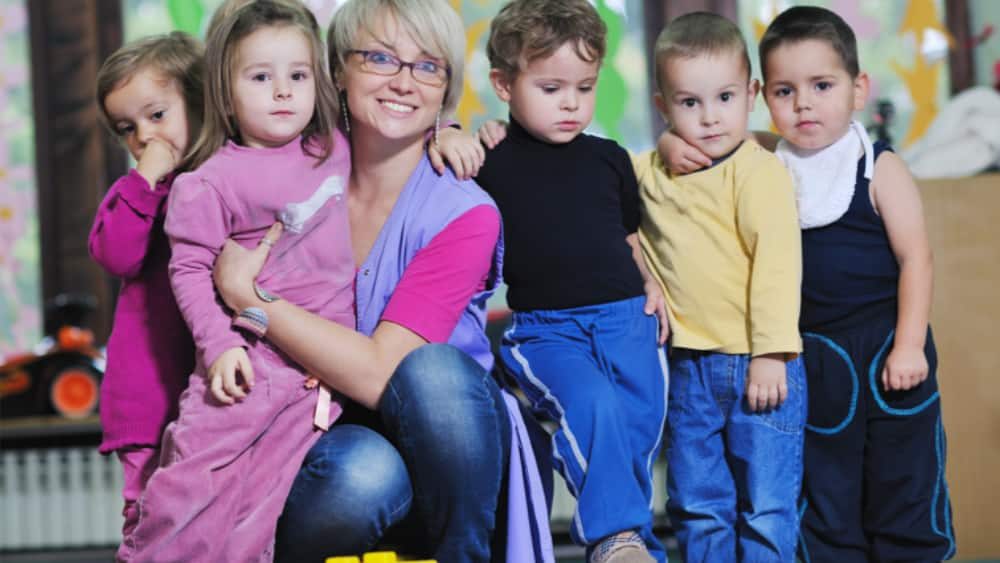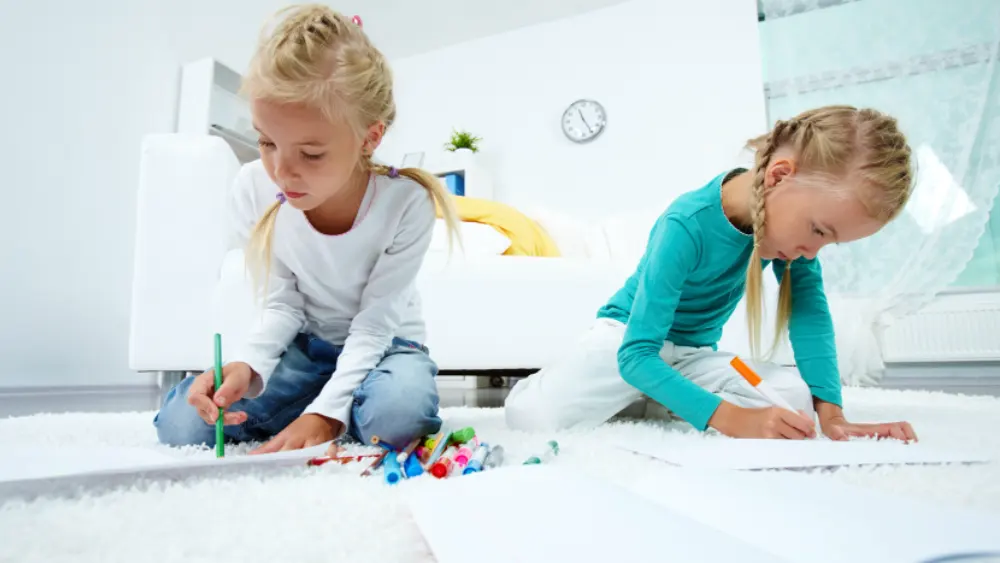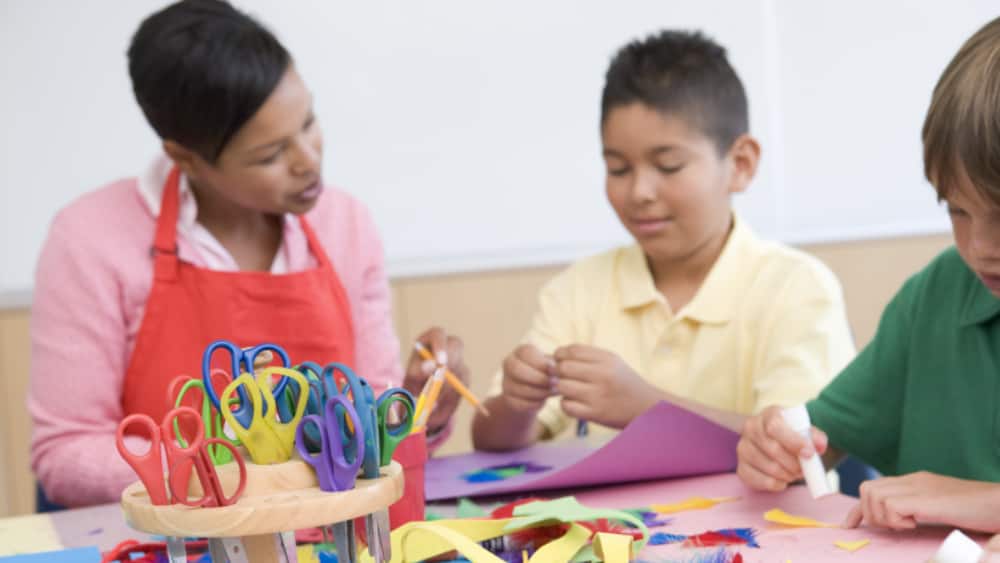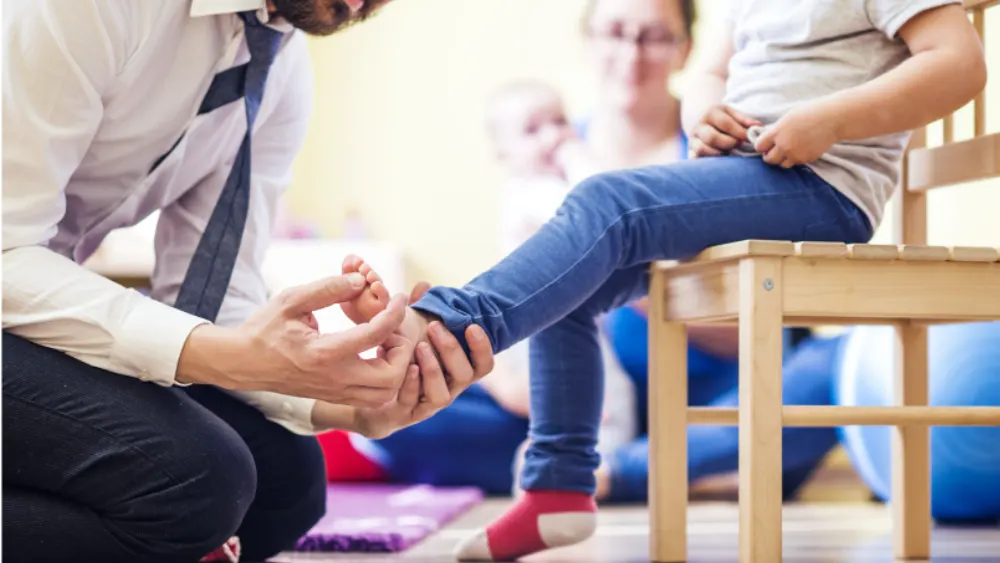If you work with kids in education, we’re betting you’re invested in creating a supportive environment that supports all students – including those who are neurodivergent – something we too are passionate about!
Our team at Jigsaw helps individuals become Registered Behavior Technicians (RBTs) – professionals dedicated to helping neurodivergent kids and adults thrive. How? By applying the principles of Applied Behavior Analysis (ABA), such as behavior interventions. This is exactly how you can ensure your classrooms are set up for all kids to grow, too.
When you apply behavior interventions at school, you can rest easy knowing your educators are doing all they can for each of their students. But we know that ABA can be pretty complex if you’re new to the topic. That’s why we’re breaking things down below.
Here’s how you can implement behavior interventions inside your classrooms…
Understanding ABA Principles
Instead of using too much jargon, we want to keep things simple today. This way, you won’t have any trouble adding these things to your classroom. Think of ABA as a superhero for behavior – it’s all about understanding why people do what they do and figuring out how to help them do better.
ABA itself relies on science and data. Far from making educated guesses, ABA uses real, proven methods to understand and change behavior. This means everything from how someone talks to others to how they handle schoolwork to how they treat themselves. ABA also follows a handful of rules:
- Things are observable and measurable. ABA focuses on the things we can see and track. Because if we can’t measure it, it’s hard to know whether or not we’re making progress.
- Watch out for triggers and consequences. Every behavior has a backstory. In ABA, we pay close attention to what happens before and after a behavior to figure out why it’s happening and what we can do about it.
- Always encourage. All ABA professionals know that a little encouragement goes a long way. We use positive feedback to reinforce ‘good’ classroom’behavior and help individuals learn new skills.
- One size doesn’t fit all. Everyone’s different, and we never forget this in ABA. We customize our strategies to fit each person’s needs and strengths.
- Keep data at the forefront. ABA is all about numbers. We collect data on behaviors and how they change over time so we can make informed decisions regarding next steps.
All these things will help you adjust your interventions to ensure every student is taken care of.
Behavior Assessment and Individualized Planning
Understanding why students who engage in behaviors that challenge behave the way they do is super important for helping them out. Sort of like solving a puzzle – you need to figure out what’s going on before you can fix it. Here’s how you do it.
First up, you’ll conduct a Functional Behavior Assessment (FBA) – a fancy way of saying you’re going to dig deep into why a student is behaving a certain way. Here’s how it goes:
- Gather info. You’ll start by collecting different information – observations, chats with the student, teachers and parents, and looking at past records. You’re looking for any patterns or triggers that might be causing the behavior.
- Work with the student. Next, you’ll watch the student in action. This helps you get familiar with their behavior and how they interact with others.
- Experiment. You might test out different scenarios to see what makes each behavior happen.
Once you’ve got a handle on what’s going on, you’ll move into setting goals. It’s important to be as clear as possible here so you know what you want to achieve with your student and how you’ll know when you’ve achieved it. Here’s how it works:
- Define your targets. You’ll pinpoint the behaviors the student and teacher want to see more (or less) of. We’re talking about stuff you can see and measure, like how often a student raises their hand or stays on task.
- Set SMART goals. Your goals need to be specific, measurable, achievable, relevant, and time-bound. It’s like setting a roadmap for success – instead of saying, “be less disruptive,” you could say, “cut down on episodes of kicking by 50% in the next month.”
- Think about why. You’ll want to make sure your goals match up with why the behavior is happening. For example, if a student is acting out to avoid something, focus on teaching them better ways to handle tough situations.
Once your goals are set, you’ll start putting a plan into action. This means creating a Behavior Support Plan (BSP) tailored to each student’s needs. Here’s how you can do that.
- Change the scene. Switch up the environment to make it easier for your student to do well. That might mean adding visual schedules, offering choices, or adjusting tasks to fit their abilities.
- Introduce new behaviors. Help your student learn different, more contextually appropriate behaviors to replace the ones causing trouble. This could be anything from practicing communication skills to working on calming techniques.
- Take things in stride. You’ll want to have a handful of backup strategies in place for when things don’t go according to plan. How you react when behaviors that challenge occur affects how likely they are to happen in the future. Whether it’s rewarding good behavior or giving the student extra chances to practice, you’ve got their back.
By following these steps, you can help neurodivergent students make big strides in their behavior.
Implementing Evidence-Based Strategies
Remember: In ABA, we’re all about using strategies we know will work. Here are a handful of strategies you can use in the classroom that we know are proven to make a difference.
First up is positive reinforcement. This is when you reward someone for doing something awesome. It could be anything from a high-five to a chance to play their favorite game.
The key to reinforcement is doing it right away. You want to make sure students know exactly why they’re getting a reward, so don’t wait around – give them props as soon as they do something great.
Just be sure to switch up your rewards to keep things interesting. What’s motivating for one student might not be for another, so don’t be afraid to get creative here!
Behavior-specific praise is another evidence-based strategy you can use. This is like giving a play-by-play of what students did well and why it matters.
So, for example, instead of just saying “good job,” get specific about what students did well. Whether it’s being patient or helping out a friend, let them know exactly what they did and why it was so great.
You can also use descriptive language to paint a picture of what students did well. This helps them understand exactly why their behavior was impactful and what they can do to keep it up. When you implement these strategies, you’re creating an environment where students feel supported, motivated, and ready to learn!
Looking for more ways to better support your students? Think about helping your staff become RBTs themselves. We offer the first module of our Jigsaw Training online RBT course for free, so you can take a look and get a feel for the program. Check it out and stay tuned for more tips on how you can better help those inside your classroom!









